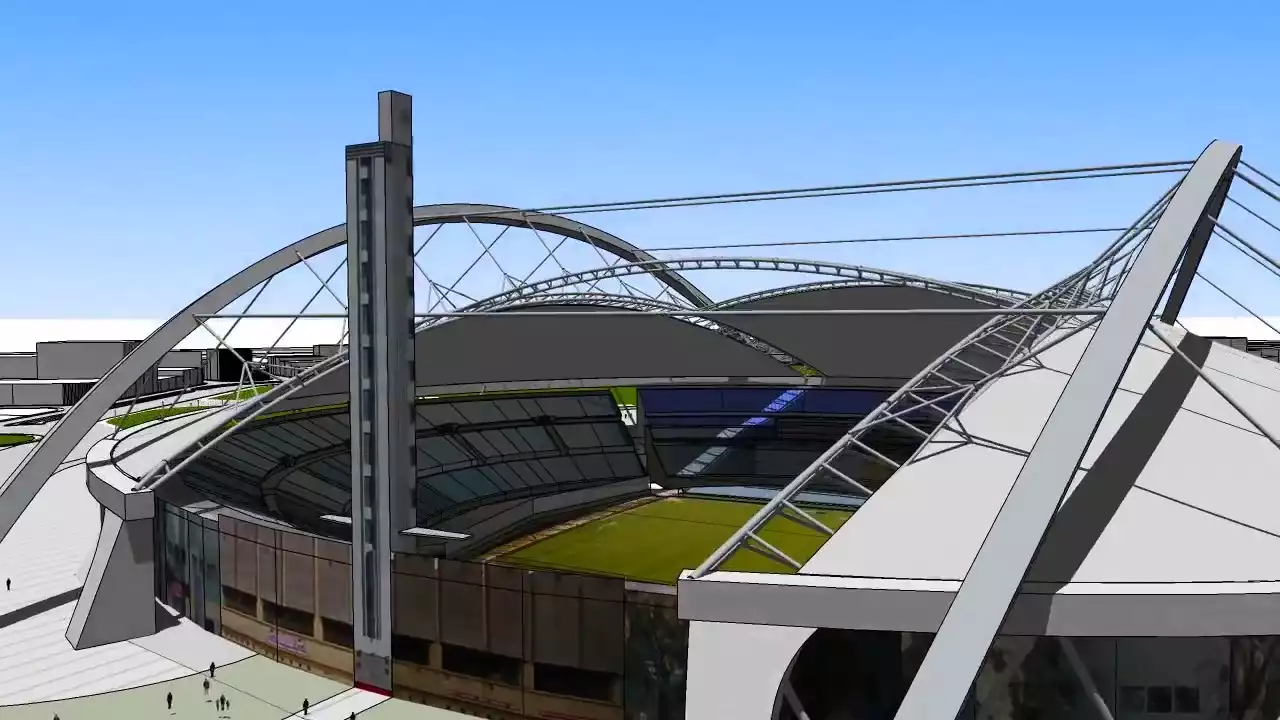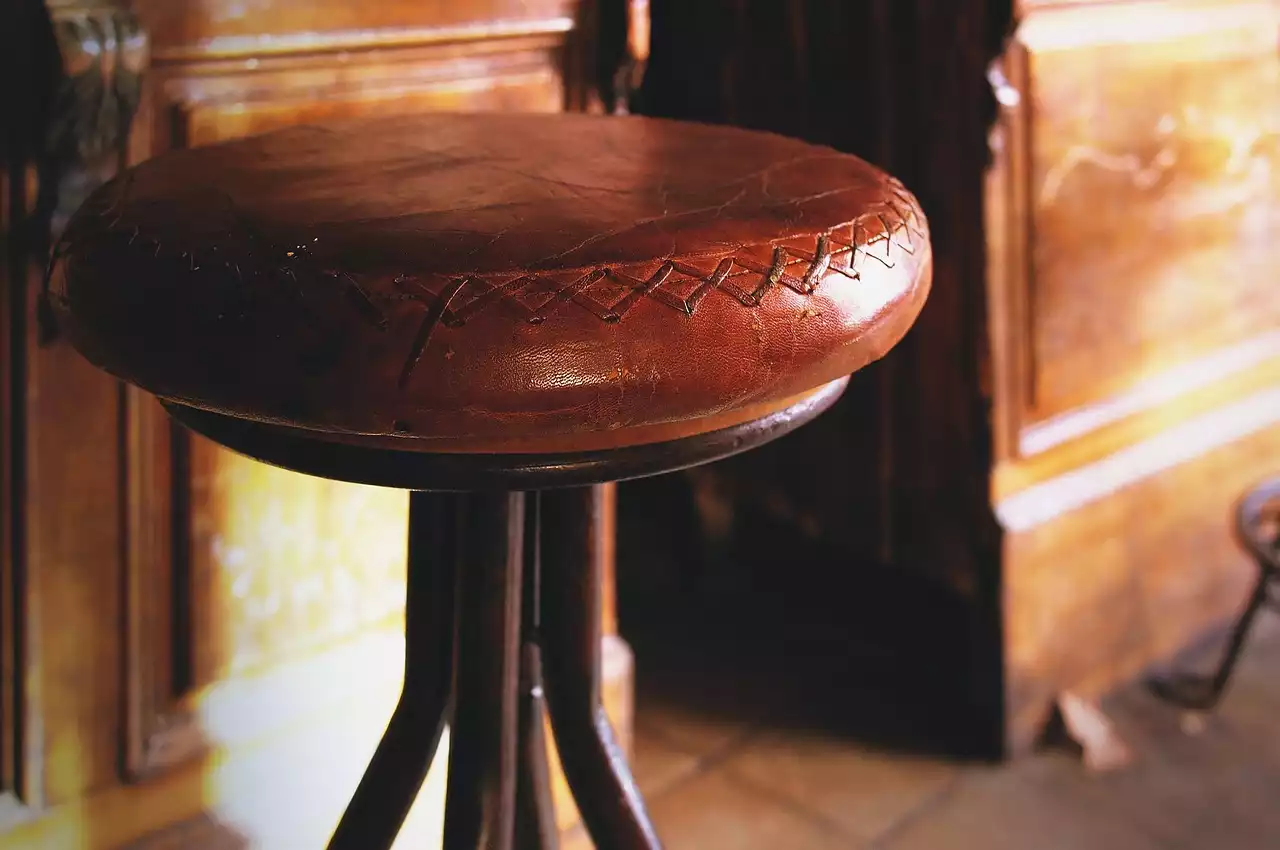Factors Influencing Stadium Capacity
When discussing stadium capacity, several factors come into play. The first and most obvious is the physical size of the stadium itself. The larger the stadium, the more spectators it can accommodate. However, other factors such as safety regulations, seating arrangements, and infrastructure also play a crucial role in determining the capacity of a football stadium. Additionally, historical significance and prestige can contribute to the decision to expand or maintain a stadium's capacity. Now that we have a better understanding of the factors influencing stadium capacity, let's explore the largest stadiums in Uruguayan football.
The Largest Stadiums in Uruguayan Football
Estadio Centenario: A Historic Icon
One cannot talk about large stadiums in Uruguayan football without mentioning the legendary Estadio Centenario. With a seating capacity of approximately 60,000, this historic stadium has witnessed some of the most memorable moments in both Uruguayan and international football. Constructed in 1930 to host the inaugural FIFA World Cup, the Estadio Centenario is not only a testament to Uruguay's footballing prowess but also an architectural masterpiece. Its imposing structure and iconic tower make it a recognizable landmark in Montevideo. Over the years, the stadium has hosted numerous important matches, including the 1950 World Cup final, where Uruguay famously defeated Brazil. The Estadio Centenario continues to be the home ground for the Uruguayan national team, serving as a symbol of national pride and footballing heritage.
Gran Parque Central Stadium: Home of Club Nacional de Fútbol
Another significant stadium in Uruguayan football is the Gran Parque Central Stadium, located in Montevideo. As the home ground of Club Nacional de Fútbol, the oldest football club in Uruguay, this stadium holds a special place in the hearts of the club's passionate supporters. With a capacity of approximately 30,000, the Gran Parque Central Stadium may not be as large as the Estadio Centenario, but its historical significance is unparalleled. It was the first stadium in the world to host a World Cup match, back in 1930. The stadium's classic design and intimate atmosphere create a unique experience for fans, who can feel the rich history and tradition that permeates the stadium's walls.
Estadio Campeón del Siglo: The Newest Addition to Uruguayan Football
In recent years, Uruguayan football has seen the emergence of a modern and state-of-the-art stadium, the Estadio Campeón del Siglo. This stadium, opened in 2016, is the home ground of Club Atlético Peñarol. With a seating capacity of approximately 40,000, it offers a more contemporary experience for fans, combining modern amenities with a vibrant atmosphere. The Estadio Campeón del Siglo represents a new chapter in Uruguayan football, showcasing the country's commitment to progress and innovation.
The Smallest Stadiums in Uruguayan Football
While the largest stadiums in Uruguayan football have their own allure, the smaller stadiums hold a charm of their own. These intimate venues provide a close-knit atmosphere where fans can truly feel connected to the action on the pitch. Let's explore two of the smallest stadiums in Uruguayan football.
Estadio Belvedere: A Cozy Venue for Defensor Sporting
Nestled in the heart of Montevideo, the Estadio Belvedere is the home ground of Defensor Sporting, one of the country's oldest football clubs. With a capacity of around 10,000, this cozy stadium may not accommodate as many fans as its larger counterparts, but it compensates with a close and intimate setting. The Estadio Belvedere allows supporters to be right on top of the action, creating an electric atmosphere that fuels the players' performances. The stadium's location, surrounded by residential buildings, adds to its unique character and sense of community.
Estadio Jardines del Hipódromo: The Home Ground of Racing Club de Montevideo
Situated in the Prado neighborhood of Montevideo, the Estadio Jardines del Hipódromo is the smallest stadium in Uruguayan football, with a capacity of approximately 5,000. It serves as the home ground for Racing Club de Montevideo, a club with a rich history and passionate fan base. While the stadium's size may limit the number of fans it can accommodate, it creates an intimate and intense atmosphere that is truly special. The Estadio Jardines del Hipódromo embodies the essence of grassroots football, where the love for the game transcends the limitations of a small stadium.
Impact of Stadium Capacity on Fan Experience
The capacity of a stadium can significantly impact the fan experience. Larger stadiums, such as the Estadio Centenario, can accommodate a greater number of fans, creating an electrifying atmosphere that reverberates throughout the stands. The sheer volume of supporters cheering in unison can elevate the excitement of a match and make it a truly unforgettable experience. On the other hand, smaller stadiums offer a more intimate setting, allowing fans to feel a closer connection to the players and the game itself. The proximity to the pitch and the ability to hear every cheer and chant adds to the overall ambiance, creating a unique sense of camaraderie among the supporters. Ultimately, both large and small stadiums contribute to the vibrant tapestry of Uruguayan football, offering distinct experiences that cater to different preferences.
Celebrating the Diversity of Uruguayan Football Stadiums
Uruguayan football stadiums represent more than just venues for matches; they are symbols of the country's rich footballing heritage and the passion of its people. From the grandeur of the Estadio Centenario to the intimacy of smaller stadiums like the Estadio Belvedere and Estadio Jardines del Hipódromo, each venue tells a unique story. These stadiums have witnessed countless moments of triumph, despair, and pure emotion, etching themselves into the collective memory of Uruguayan football. Whether you find yourself in the midst of a roaring crowd at the Estadio Centenario or embracing the camaraderie of a smaller stadium, Uruguayan football stadiums offer an experience like no other. So, next time you find yourself in Uruguay, be sure to immerse yourself in the vibrant atmosphere of these remarkable stadiums and witness the magic of Uruguayan football firsthand.









